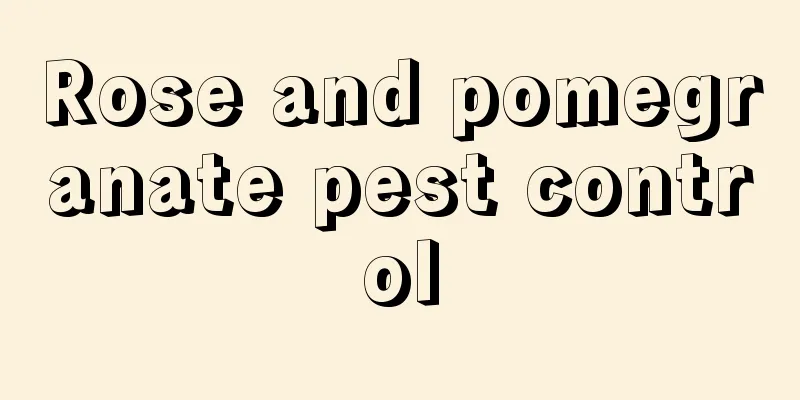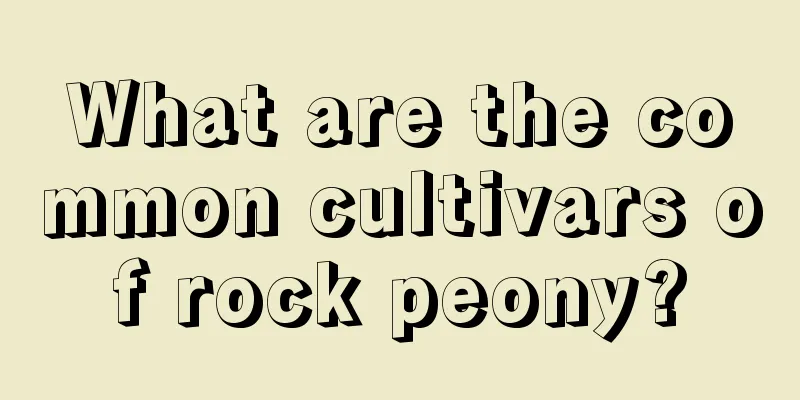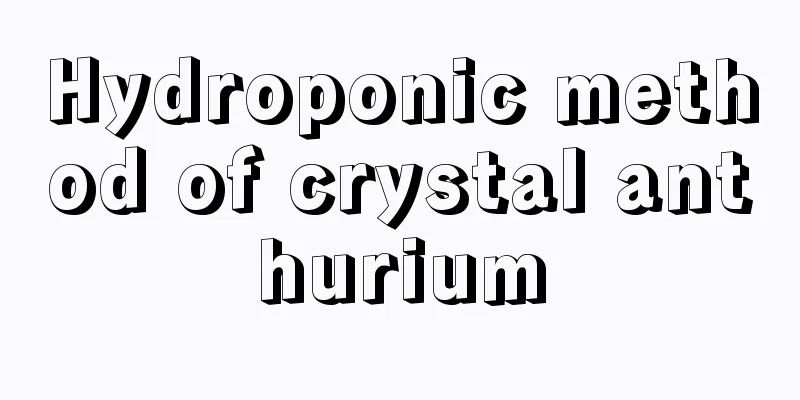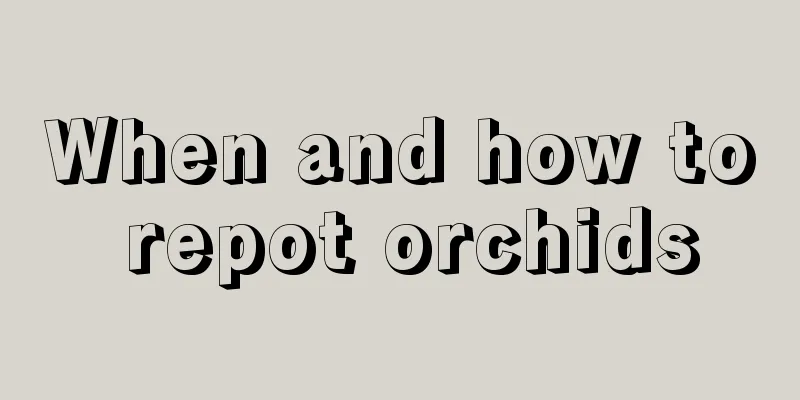Rose and pomegranate pest control

1. Diseases and Pests1. Japanese wax scaleOne of the common pests. When they are nymphs, they will attach themselves to leaves or new branches to suck sap and secrete mucus that is poisonous to plants. It can cause sooty mold disease, causing leaves and fruits to fall off, and in severe cases, it can lead to death. Generally speaking, drugs can be used for prevention and treatment. You can also use other hostile animals to suppress them. 2. Pomegranate stem mothOne of the common pests, it can be found in most pomegranate-producing areas in my country. It harms the new shoots or branches of trees, affects the growth of trees, and greatly harms the fruits, reducing their yield and quality, and can cause plant death. If you find sick branches, you need to remove them immediately to prevent the larvae from continuing to grow and endanger the whole plant. 3. HeartwormThe larvae of this pest will harm the fruit, causing needle-sized spots on the fruit. As the insects grow, the fruit will be further eaten away, seriously affecting the health of the fruit. In mid-May, you can use parathion to spray the tree trunks, which can effectively inhibit the growth and reproduction of the pests and diseases. If you encounter diseased fruits, you should pick them off in time and dispose of them by deep burial. 2. Diseases1. Black spotThe disease causes lesions on the plant's branches, fruits and flowers. This disease can seriously affect the shape of the plant, causing the branches and trunks to become cracked, rough, and hard, and even exposing the wood. For trees, after the disease is found, the lesions need to be removed with a knife in time, and the wounds need to be disinfected with bacteria. For flowers and fruits, you can use carbendazim for spraying to effectively prevent the occurrence of diseases. 2. Brown spot diseaseThis disease can seriously damage the leaves and fruits of trees, causing them to fall. When the infection first occurs, brown spots will appear. If found, they need to be removed promptly to prevent further spread of the disease. Before germination, spraying with Bordeaux solution can prevent and control the disease. |
<<: Disease and Pest Control of Rhododendron chinense
>>: Disease and Pest Control of Lucky Grass
Recommend
Taboos of growing peony spider plants at home
1. Placement When caring for Chlorophytum comosum...
The efficacy and value of golden vein single medicinal flower
1. Ornamental effect For this plant, it can be sa...
What should I do if my fairy finger grows longer and thinner?
The reason for this phenomenon We first need to u...
How to grow catnip so that it will bloom rapidly?
As a member of the herb family, in recent years, ...
Canna cultivation methods and precautions
1. Breeding methods illumination Canna is best gr...
How to deal with lavender after it blooms? Do you need to prune it after the flowers fade?
Lavender Flowering Treatment 1. Pruning Lavender ...
How to take care of the newly bought Strelitzia
1. How to deal with Strelitzia after buying it St...
How to grow round-leaved morning glory
1. Breeding conditions 1. Soil: The round-leaved ...
Sweet potato cultivation technology and management methods
Sweet potato is a commonly grown grain crop that ...
What are the cultivation methods and precautions of Long Xuelan?
Long Xuelan Introduction Long Xuelan belongs to t...
How much water should honeysuckle be watered at one time
1. How much water to pour Although honeysuckle ca...
How to grow money grass hydroponically
1. Change the water When growing Money Plant in h...
Rose language, the meaning of the number of roses
1. Flower Language Roses come in more than one co...
Double scale propagation method of Amaryllis
Preparation Material Utility knife (sharp) A bott...
How often should I water the cactus?
After transplantation It is not recommended to wa...









